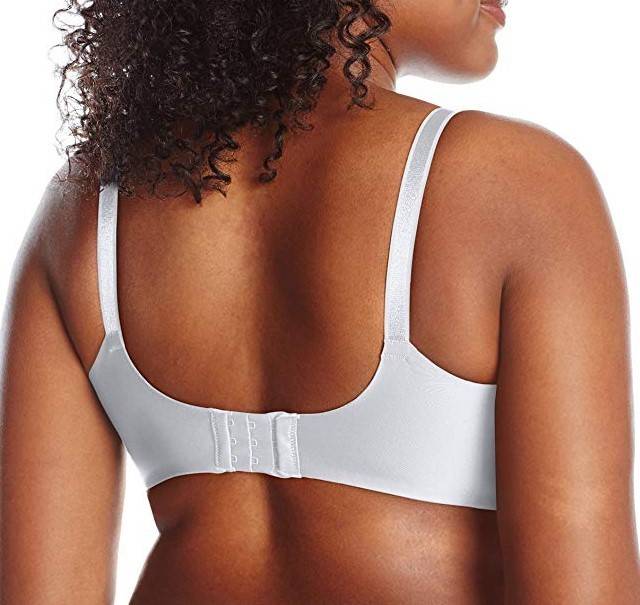When it comes to wearing a weight belt, think of it as the anchor that keeps your form steady amidst the waves of heavy lifting.
But how do you ensure you're harnessing its full potential without compromising your performance or safety?
Let's explore the art of donning a weight belt correctly, from selecting the right fit to understanding where it should sit on your body.
Mastering these nuances could be the key to unlocking a whole new level of strength training prowess.
Benefits of Wearing a Weight Belt
Wearing a weight belt can provide added support and stability during heavy lifting exercises. By wearing a weight belt, you can help protect your lower back by increasing intra-abdominal pressure. This pressure supports your spine and can help prevent injuries when lifting heavy weights. The belt acts as a physical reminder to engage your core muscles properly, promoting better form and reducing the risk of straining your back muscles.
Additionally, a weight belt can give you a psychological boost, making you feel more confident and secure during your lifts. This increased confidence can lead to improved performance in the gym. The belt also allows you to lift heavier weights safely, which can help you progress in your strength training more effectively.
Choosing the Right Size
When selecting a weight belt, ensure that you choose the right size to maximize its effectiveness and support during heavy lifting exercises. A weight belt that's too loose won't provide the necessary support, while one that's too tight can restrict your movement and breathing.
To determine the correct size, measure your waist at the belly button level where the belt will sit. Refer to the manufacturer's sizing guide, as sizes can vary between brands. It's important to note that weight belts are typically worn quite snug, but still allowing for a full range of motion.
When trying on a belt, make sure you can comfortably fit two fingers between the belt and your abdomen. Remember that the belt should feel secure and supportive without being overly constricting. Choosing the right size ensures that the weight belt functions optimally, giving you the stability needed to lift heavier weights safely.
Proper Placement on Your Body
For optimal effectiveness during heavy lifting exercises, ensure the weight belt is placed securely and snugly around your waist at the belly button level. Positioning the weight belt correctly is crucial to providing the support and stability needed to protect your lower back during lifts. Placing the belt too high or too low can result in reduced effectiveness and potential injury.
To get the placement right, wrap the weight belt around your waist with the buckle in front. Make sure the belt is centered on your belly button and adjust it so it fits comfortably tight. The belt should feel snug but not constricting, allowing you to breathe and move freely while still providing support.
When the weight belt is positioned correctly at your waist level, it can help increase intra-abdominal pressure and support your core muscles as you lift heavy weights. This proper placement ensures that the belt works with your body mechanics to enhance your performance and protect your back.
Adjusting the Tightness Level
To ensure optimal support and comfort, adjust the tightness of your weight belt by securing it snugly around your waist at the belly button level. The right tightness is crucial – too loose, and the belt won't provide adequate support; too tight, and it may restrict your breathing and movement. Start by fastening the belt so it fits comfortably around your waist without being overly constricting. You should be able to slide a couple of fingers between the belt and your body.
Ensure that the weight belt is positioned evenly around your waist, with no areas excessively tighter or looser than others. The goal is to have consistent pressure around your midsection to support your lower back and core muscles effectively. Remember, the purpose of the weight belt is to enhance your stability and protect your lower back during heavy lifting, so finding the right tightness level is essential for maximizing its benefits. Adjust as needed during your workout to maintain proper support and comfort.
Tips for Maximizing Performance
For optimal performance enhancement while using a weight belt, focus on maintaining proper form and technique throughout your exercises. When wearing a weight belt, it's crucial to engage your core muscles effectively. This provides stability to your spine and helps you lift heavier weights safely. Ensure the belt is positioned correctly – it should sit snugly around your waist, just above your hip bones. Remember, a weight belt is a tool to support your core, not a substitute for proper technique.
Additionally, focus on your breathing pattern. Inhale deeply before starting the lift, hold your breath during the exertion phase, and exhale as you complete the movement. This breathing technique helps create intra-abdominal pressure, further supporting your spine.
Conclusion
Now that you know the benefits of wearing a weight belt, how to choose the right size, properly place it on your body, and adjust the tightness level, you're ready to maximize your performance during your workouts. Remember to always prioritize safety and consult with a fitness professional if you have any concerns.
With the proper use of a weight belt, you can enhance your strength training and reach your fitness goals more effectively.


